How to Heal a Divided Nation
The survival of the human species has always depended on loyalty to a particular tribe. Group identity is a basic, almost instinctual, part of life. But the form it takes matters. An identity organized around family, local community, or nation is different than one organized around race, religion, gender, or class. The question is whether we can channel our tribal instincts in a more productive and socially beneficial direction. Can we build bridges rather than walls?
One way to do this is to create more opportunity for those from diverse backgrounds to work together on a common enterprise. In an “us-vs-them” world, the best antidote to cultural divisions may be for the “us” to get to know the “them” at a personal level working together on a well-defined challenge.
Military service is the classic example. Those who have fought side by side on the battlefield typically form strong bonds of friendship and loyalty to one another even when they have little else in common. Similarly, the anti-immigrant attitudes that gave rise to Trump in America and to Brexit in the UK are found mostly in communities with few immigrants. When you don’t know “the other,” stereotypes flourish.
One powerful idea to rebuild our civic bridges is universal national service. We should create a strong expectation that every young person as they come of age give at least one year of service—either military or civilian—and be provided with a structured opportunity to do so. This could restore our identity as Americans; it might even help us rediscover what makes us exceptional.
National service is not a new idea. In 1933, Franklin Roosevelt mobilized 250,000 young unemployed men to serve in a Civilian Conservation Corps within months of his announcing it. In his 1961 Inaugural Address, John F. Kennedy summoned a generation that led to the creation of the Peace Corps and its domestic equivalent VISTA (Volunteers in Service to America). Bill Clinton created AmeriCorps, which George H.W. Bush seeded and George W. Bush expanded.
The number applying to serve in Peace Corps, VISTA and AmeriCorps, however, far exceeds the current opportunities to do so, turning away a generation raising their hands to serve their country. This is true, notwithstanding that the idea of large-scale voluntary national service remains very popular among voters with about four out of five supporting it.
National service has many virtues. With rights come responsibilities or as William F. Buckley put it, “Materialistic democracy beckons every man to make himself a king; republican citizenship incites every man to be a knight.” Citizenship should mean more than paying taxes and voting – it includes leaving behind a better country than one inherits. As an AmeriCorps volunteer and veteran asked a group assembled at the Brookings Institution recently, “if you have the ability to affect positive change, don’t you have a moral obligation to do so?”
Service provides young people opportunities to cultivate their skills and character and to become leaders. It provides benefits to communities and to those in need whether they are the victims of natural disasters, the elderly, children struggling to read, or the homeless. Its greatest virtue may be strengthening social bonds, substituting a beneficial form of tribalism for the less worthy versions that have so corroded our politics and civic life.
Is there any evidence that a more robust program of national service would work, be affordable, and bring people together to bridge our cultural divisions?
An earlier review of 139 studies showed that the ratio of positive findings to less positive ones was 7 to 1. To be sure, the costs for even modest stipends and for the educational benefits provided to those who complete their service are substantial.
Expanding national service to 1 million participants would likely cost about $17 billion.[i] Asking American families to voluntarily host a young person during their year of service could substantially reduce these outlays. In San Diego, young volunteers are living with the elderly, both of whom benefit from sharing one household. Moreover, a careful study by Clive Belfield shows that the benefits outweigh costs to taxpayers by two to one and to society by nearly four to one.
As for the effects of service on our current tribalism, a recent analysis in one national service program, Teach for America (TFA), showed that the participating teachers became more empathetic, less prejudiced, and more understanding of the challenges faced by the children they taught. This study is the latest and most convincing effort to show that the problem of “us-vs-them” can be greatly ameliorated by expanded opportunities for people from different backgrounds to work together.
Although young people should be the primary target of national service, there is no reason why retired Americans, veterans trying to reintegrate into civilian life, or anyone looking to do more for their community should not be provided the opportunity to do so.
Changing the culture to make national service the norm rather than the exception will be hard. But if employers and colleges give preference to those who have served, if the media highlights their accomplishments, and if the expectation gets sufficiently embedded in the culture, it can be done.
A distinguished group of Americans, including General Stanley McCrystal, Robert Gates, Condoleezza Rice, Howard Schultz and others associated with Service Year Alliance has now launched a campaign to expand national service. As they have said, America is too big and our challenges too great for small ideas. And with bipartisan support, this big idea could not only be enacted tomorrow, but also strengthen our faltering democracy for decades to come.
[i]Clive Belfield’s estimate adjusted for inflation.
The Brookings Institution is committed to quality, independence, and impact.
We are supported by a diverse array of funders. In line with our values and policies, each Brookings publication represents the sole views of its author(s).
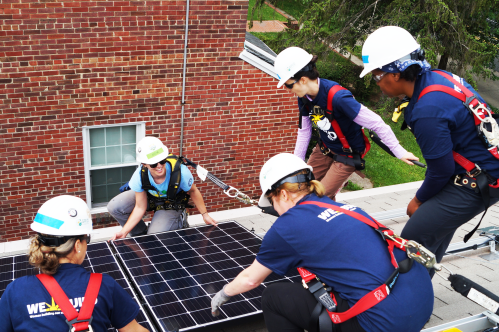

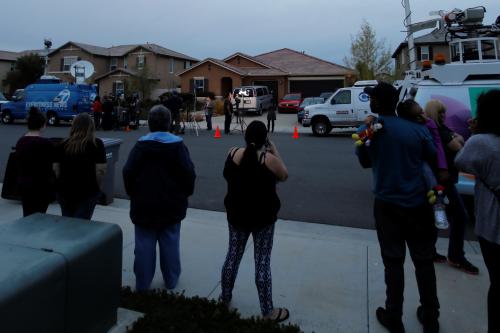
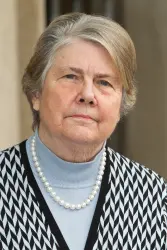


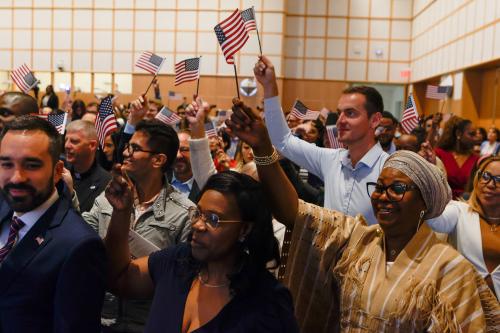
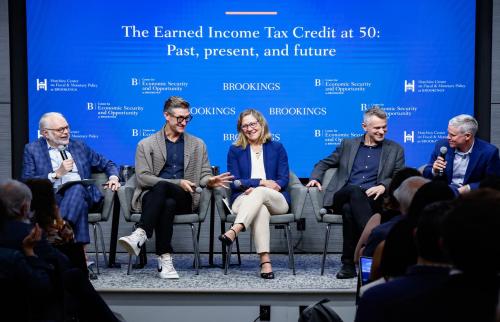
Commentary
Op-edToo much tribalism? National service to the rescue
November 13, 2019